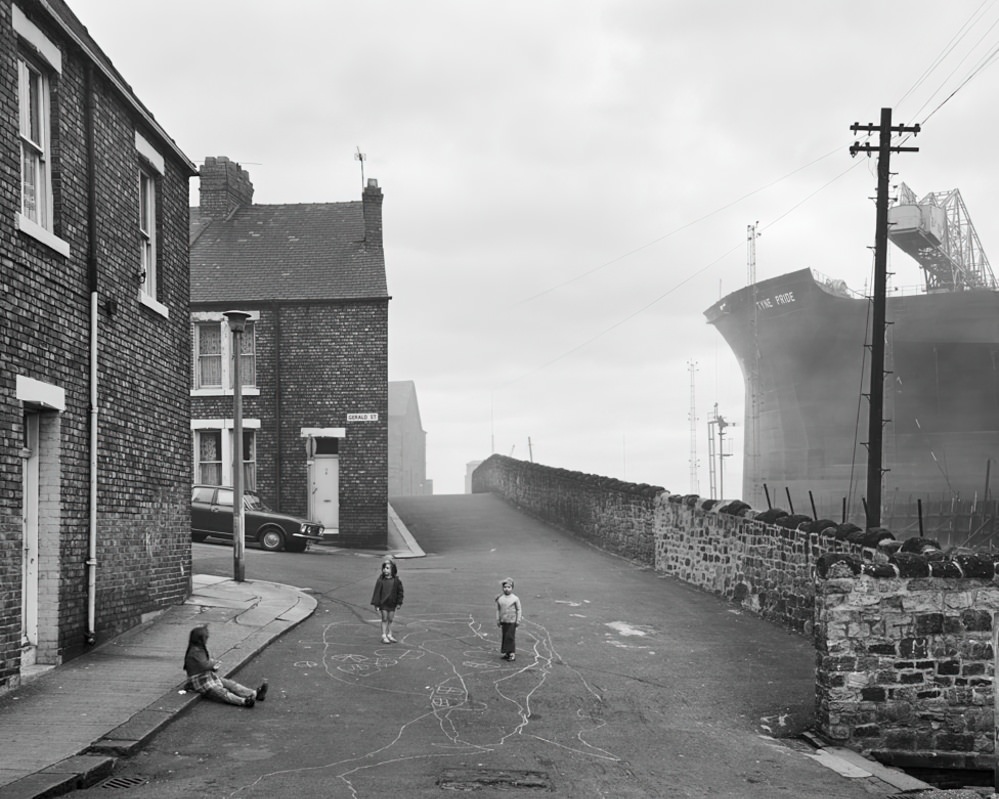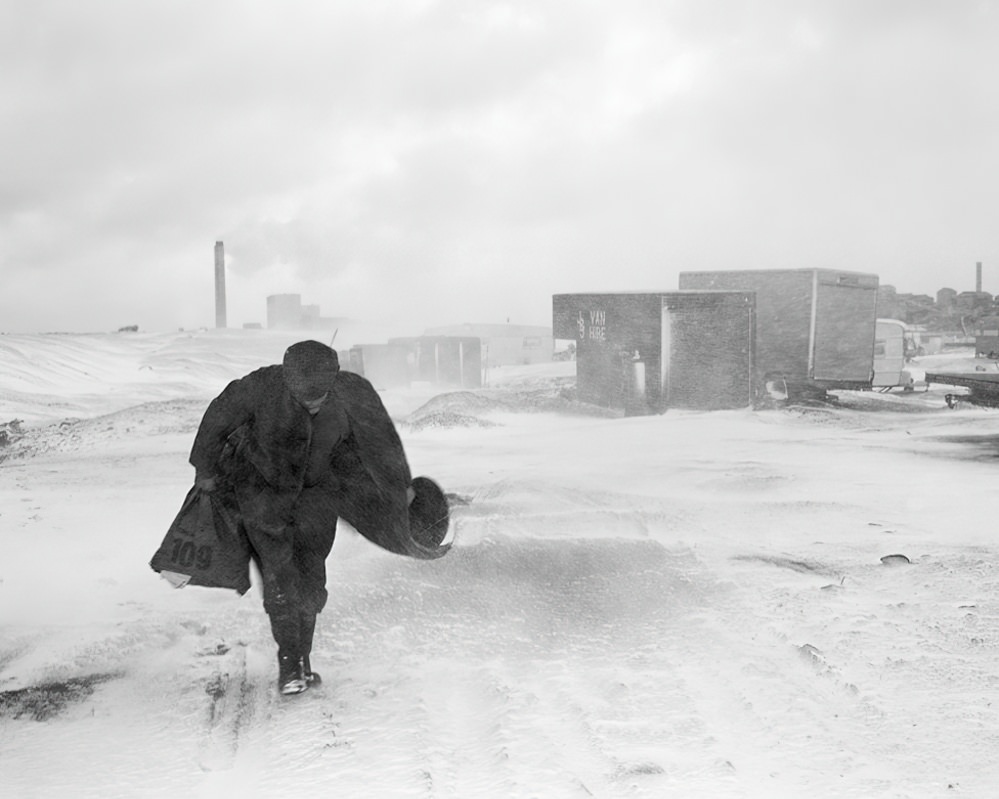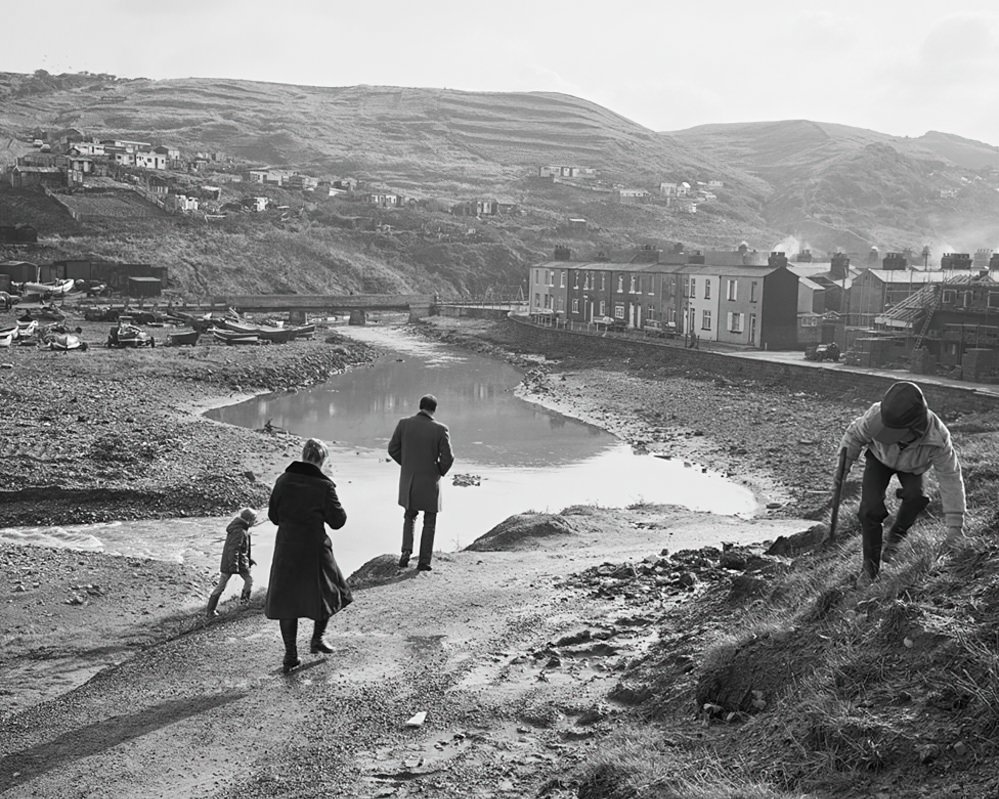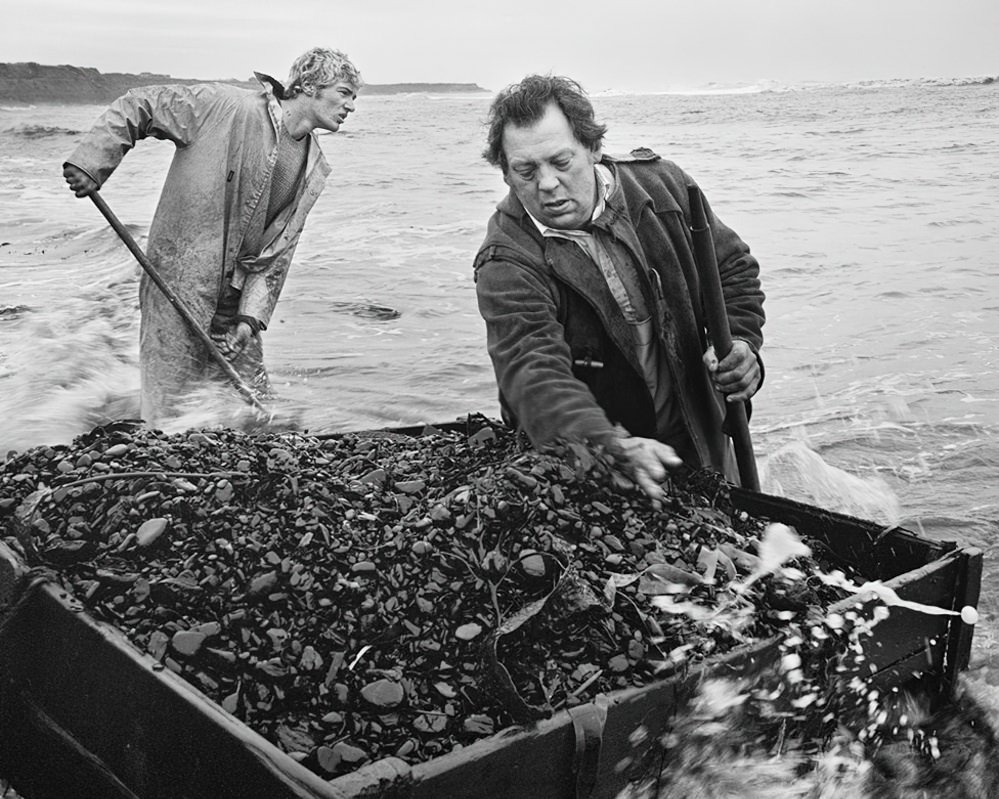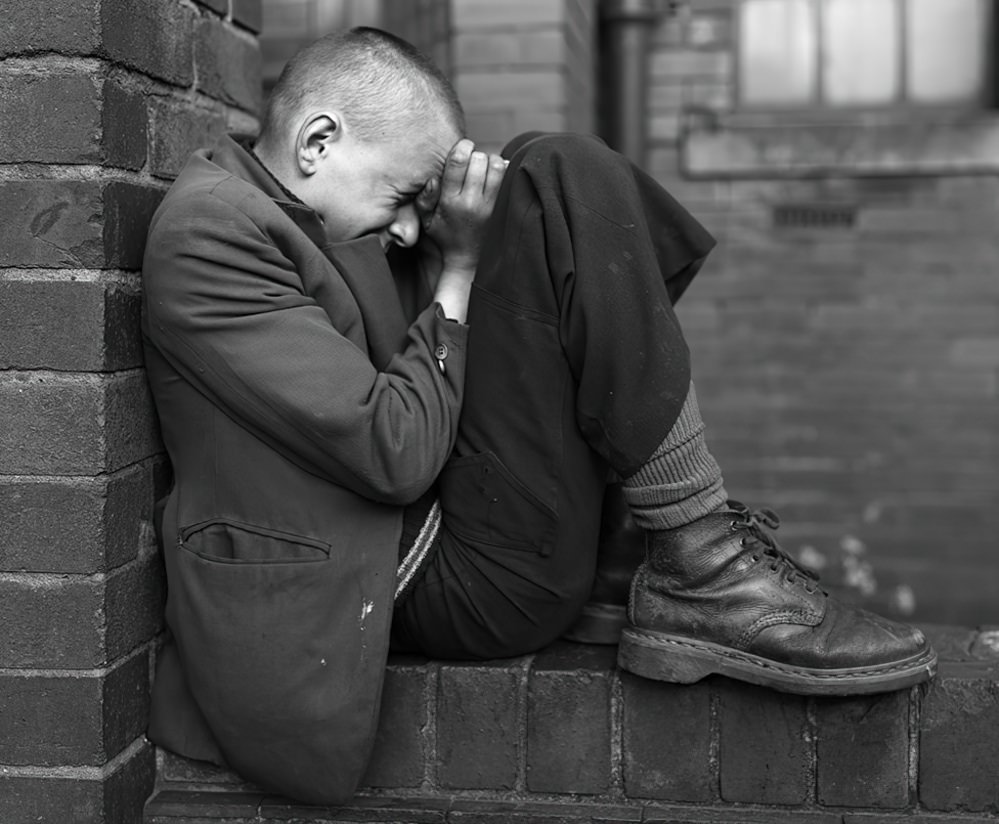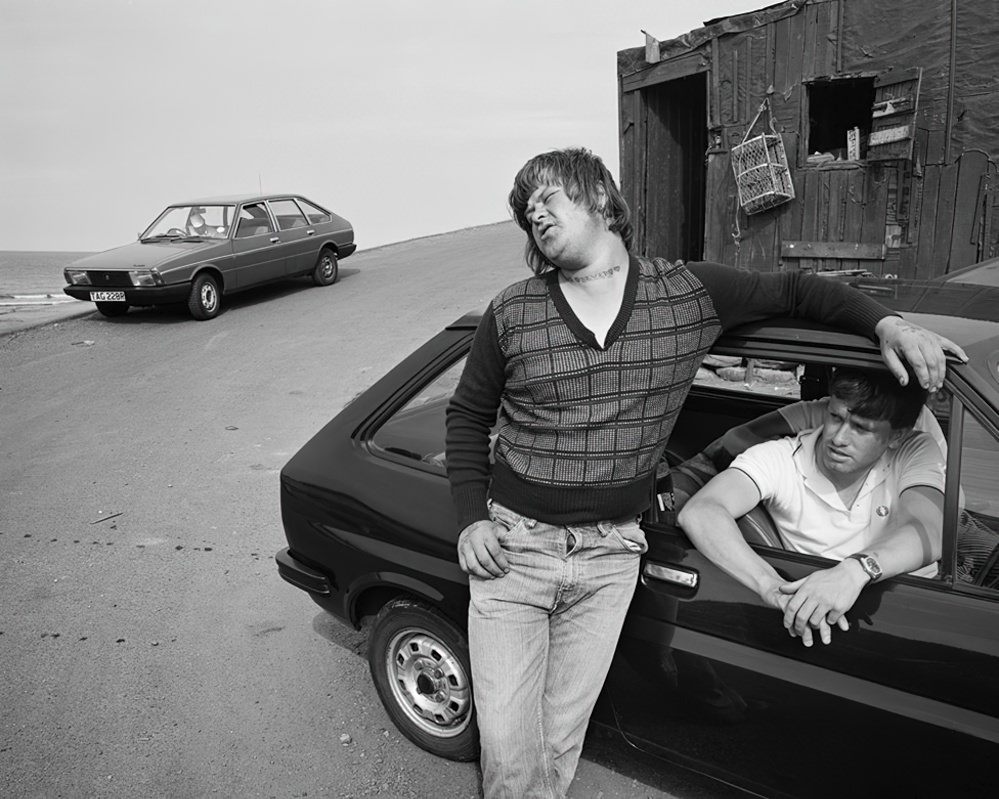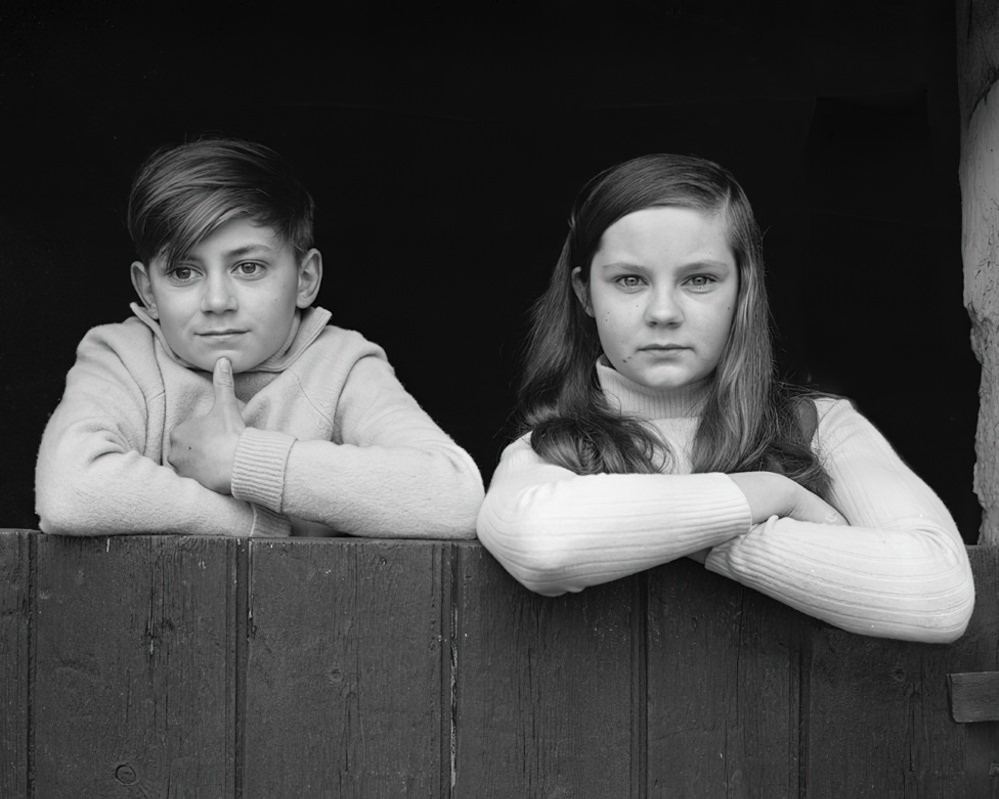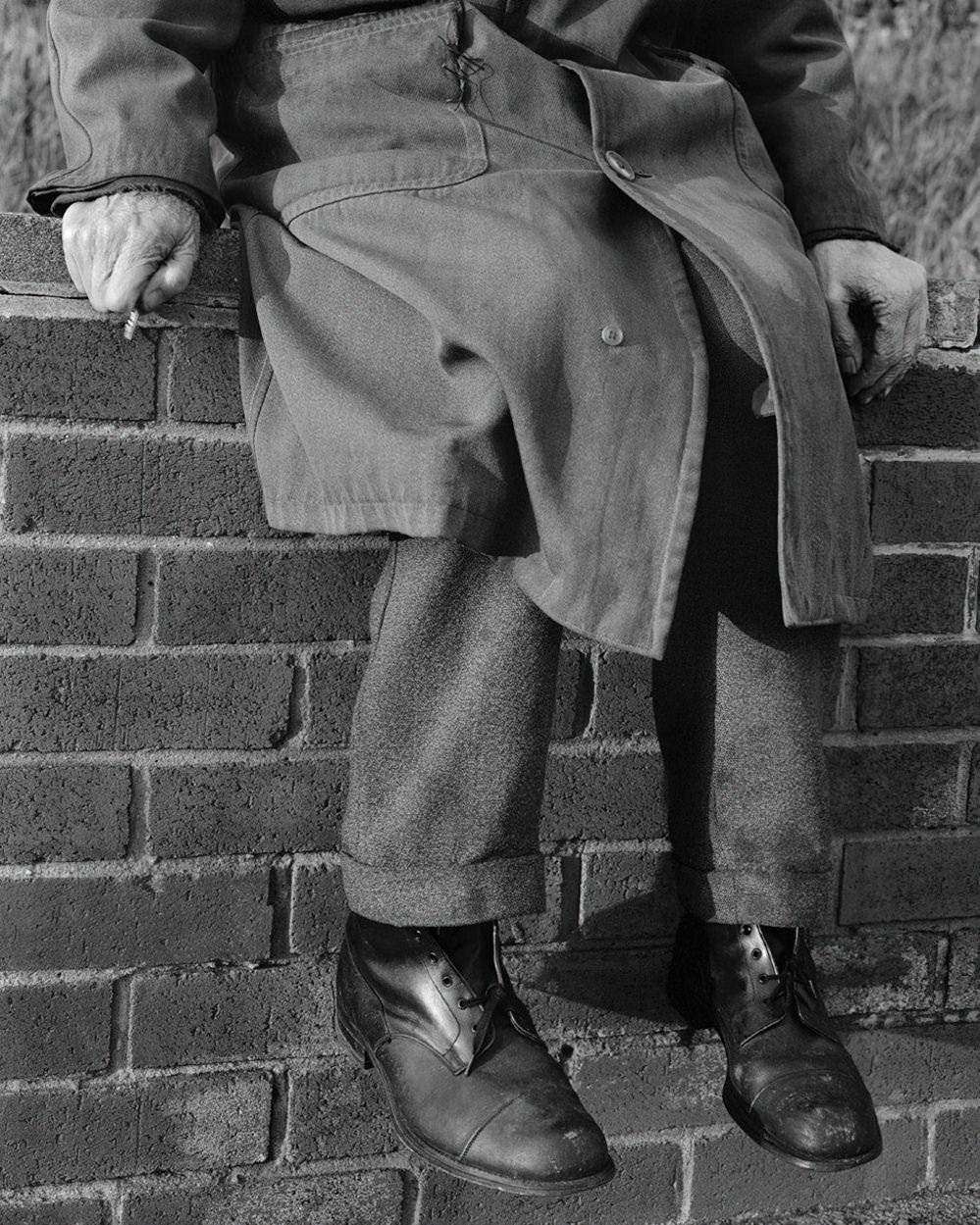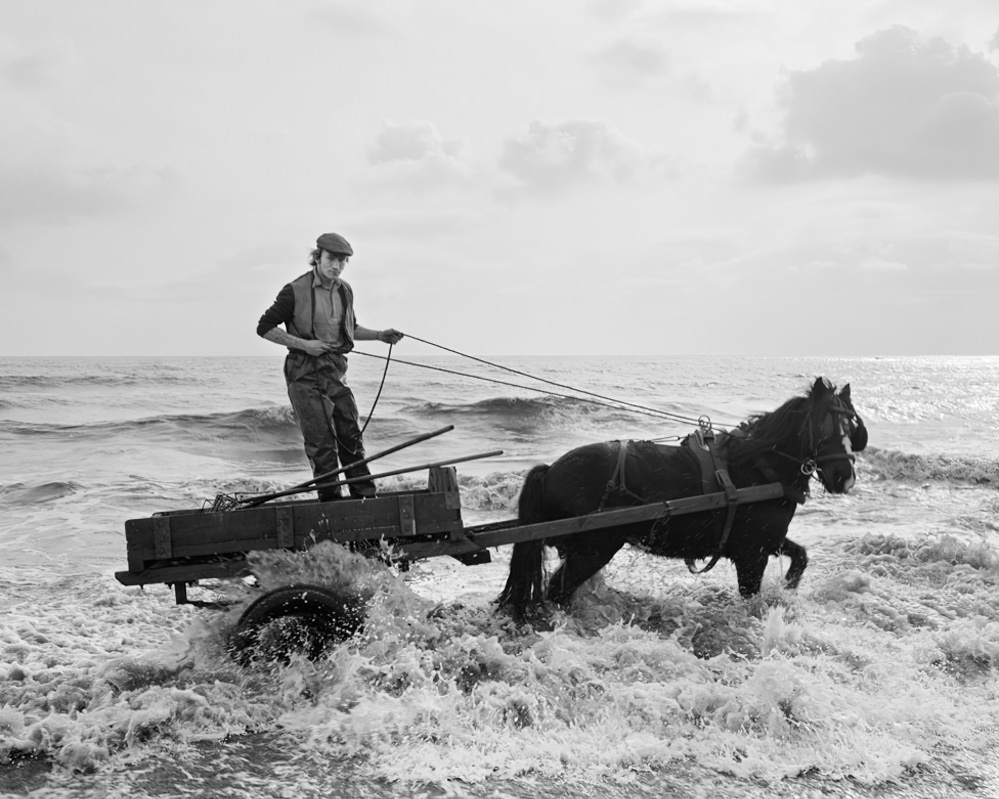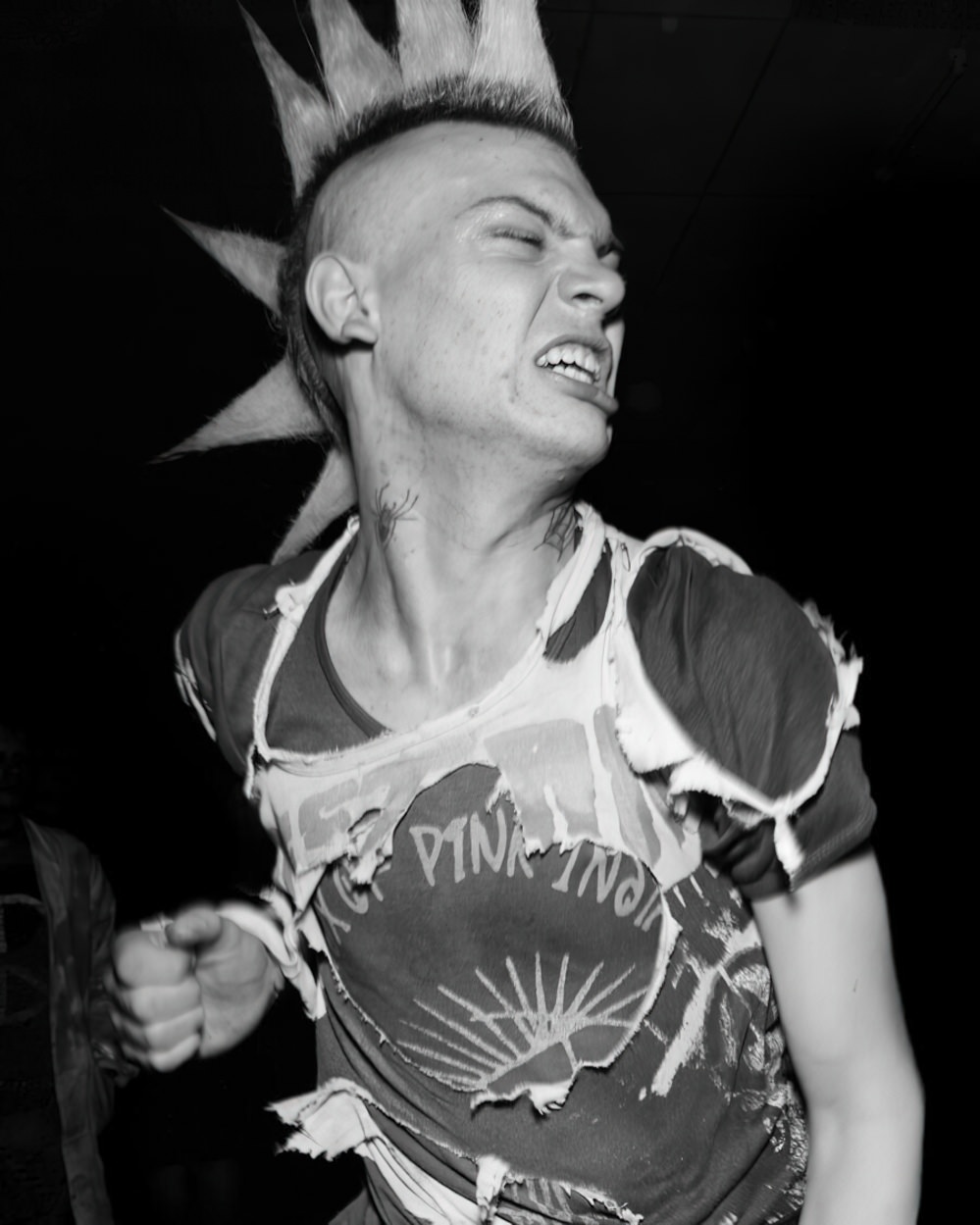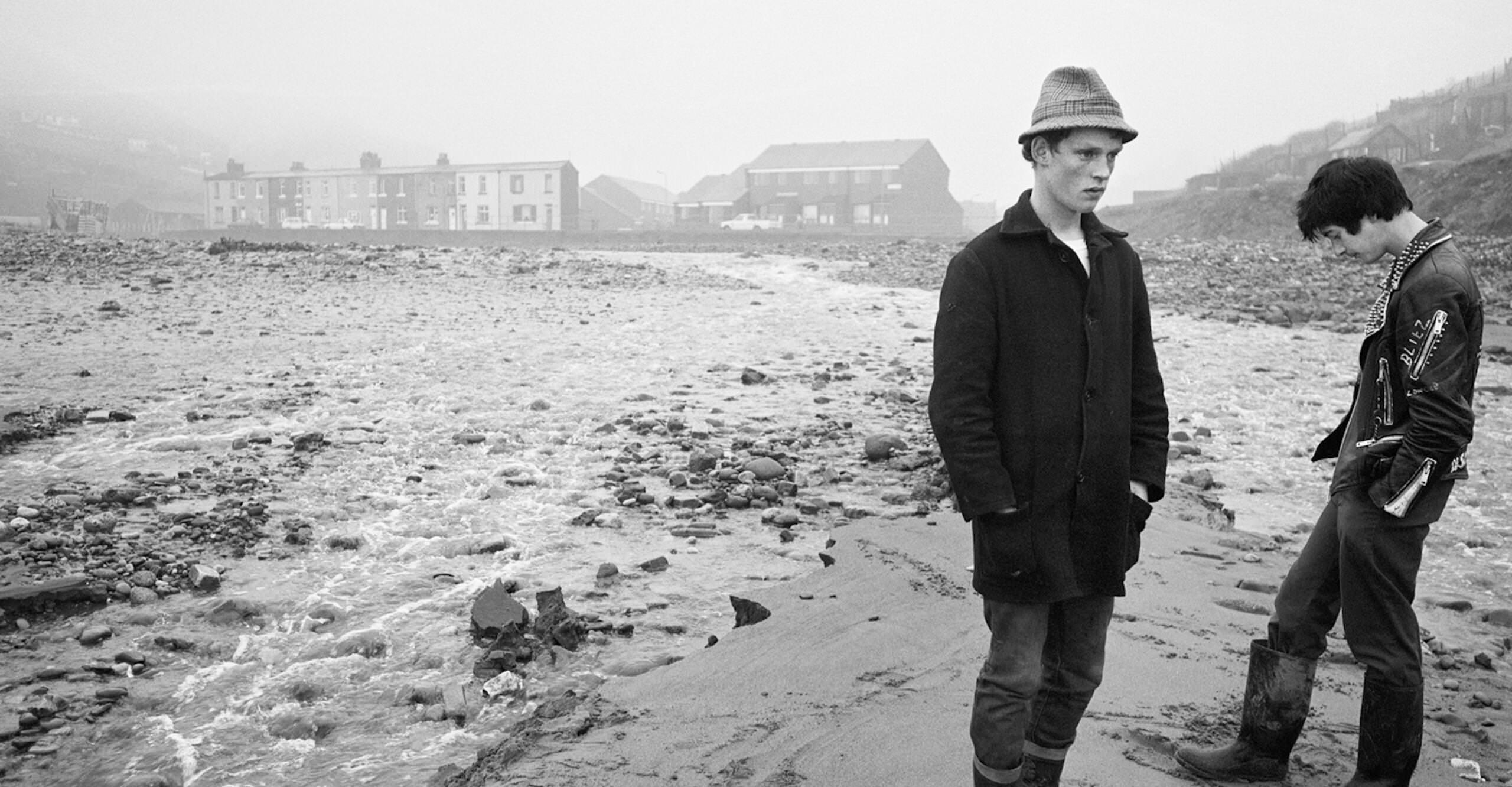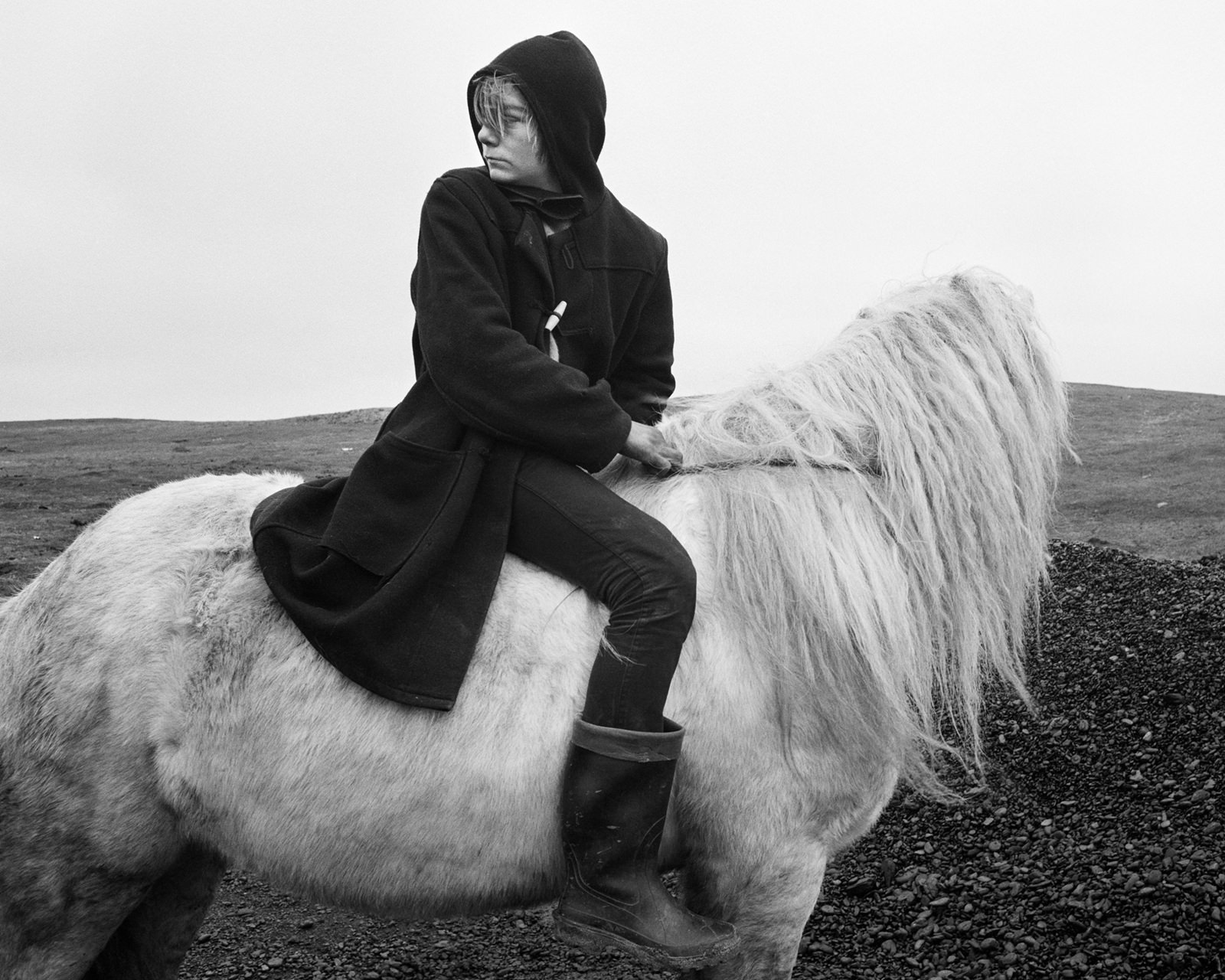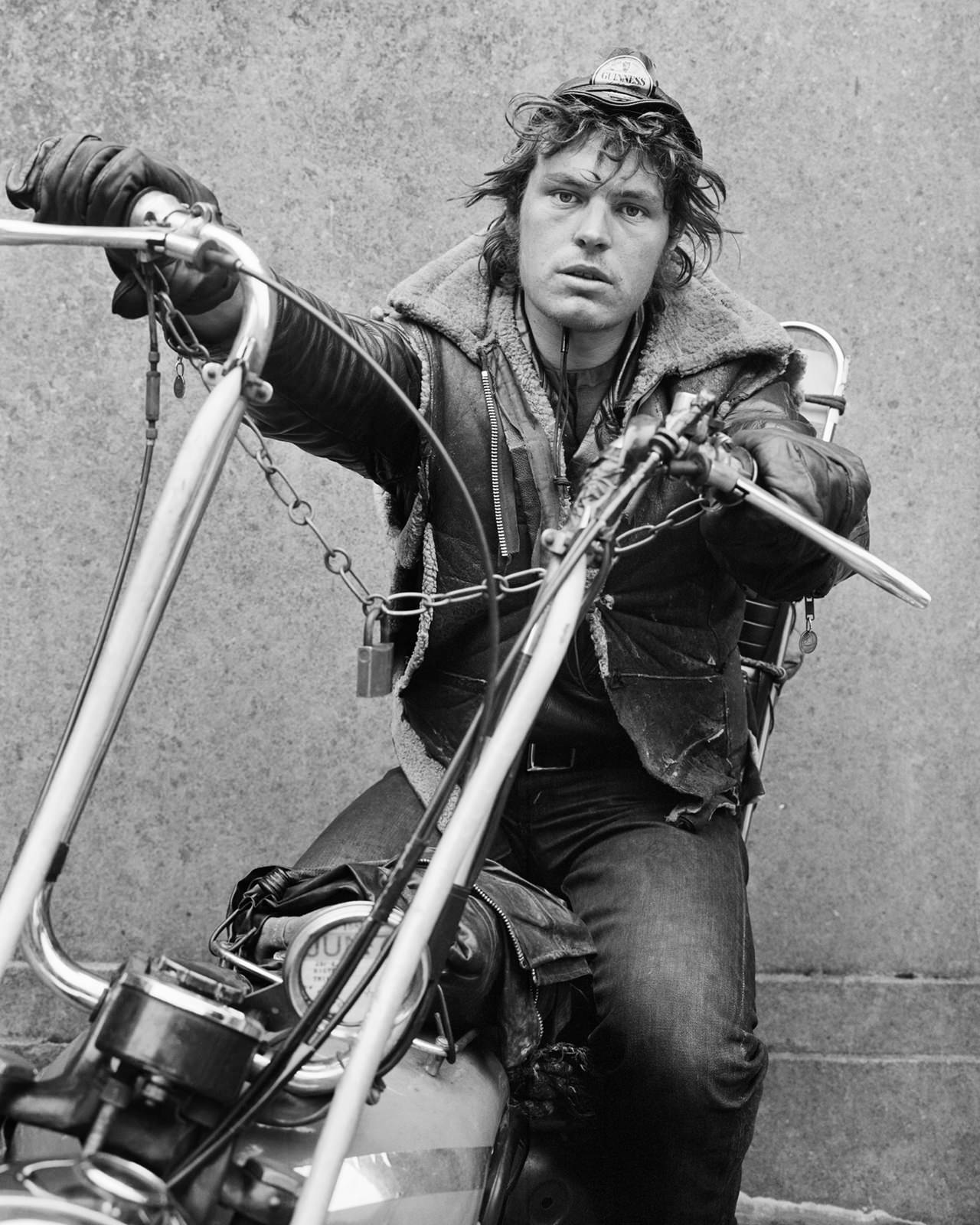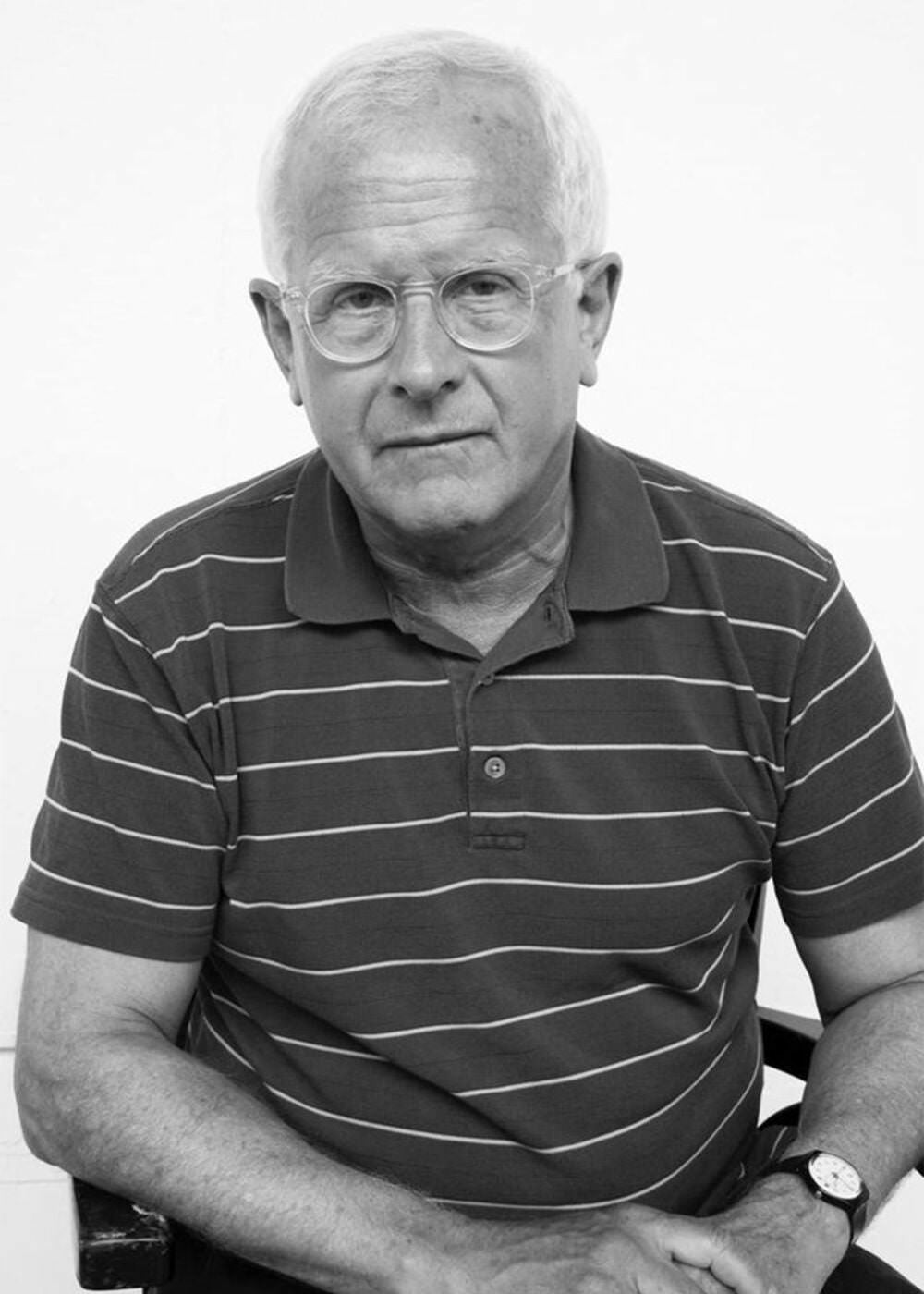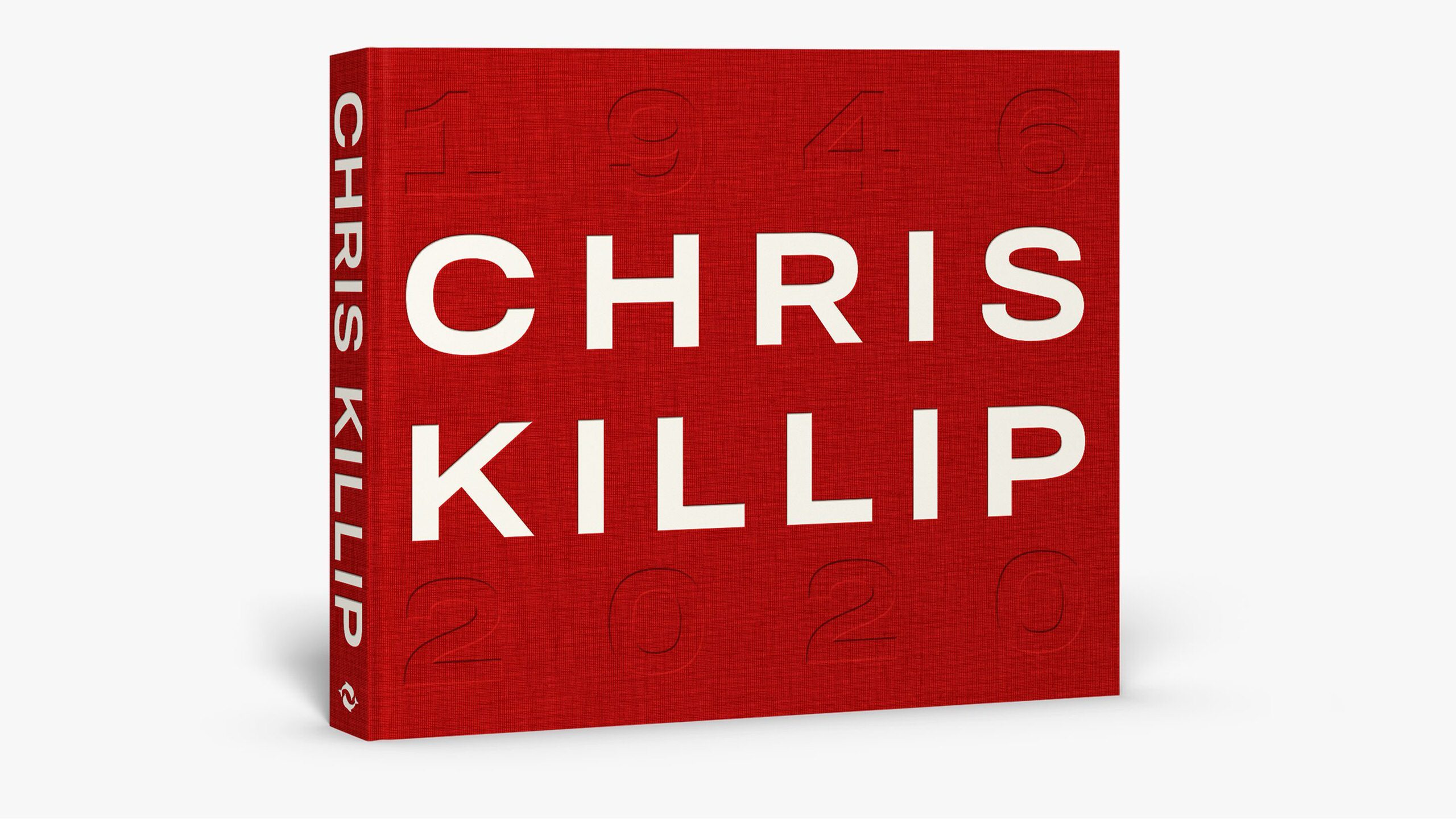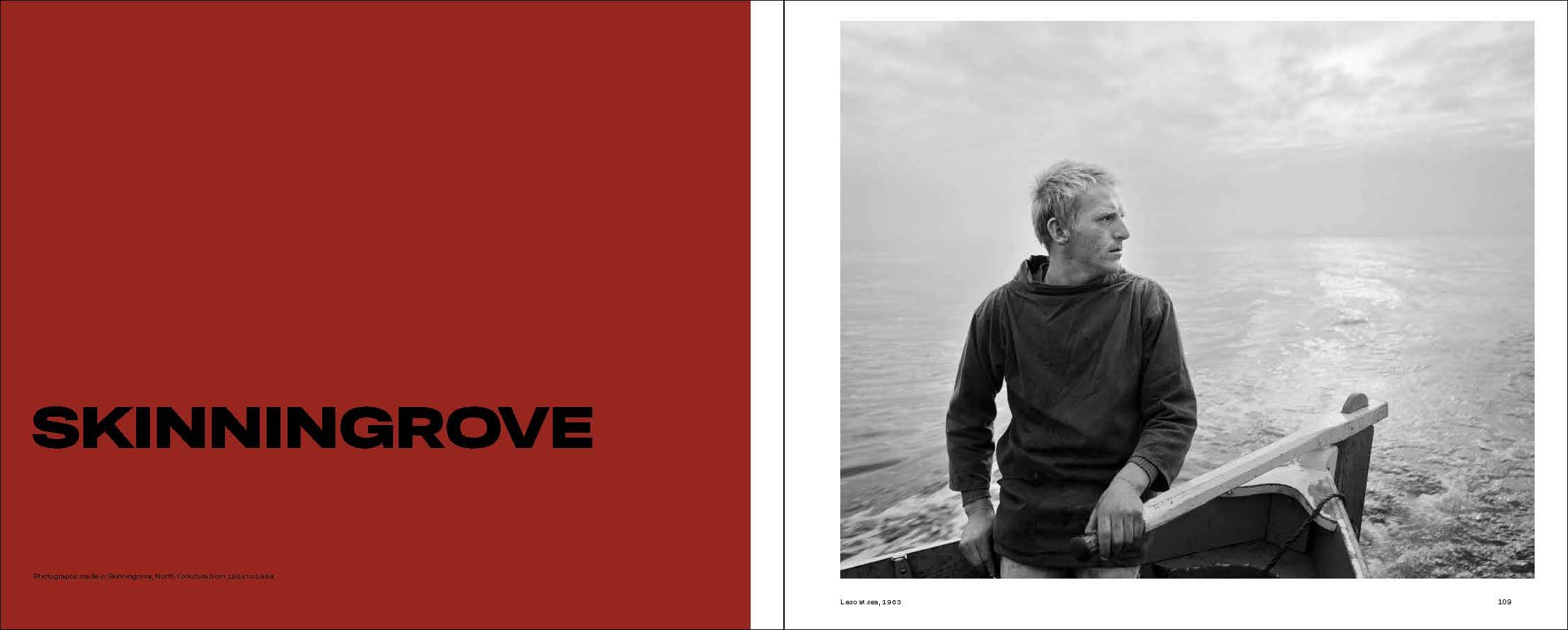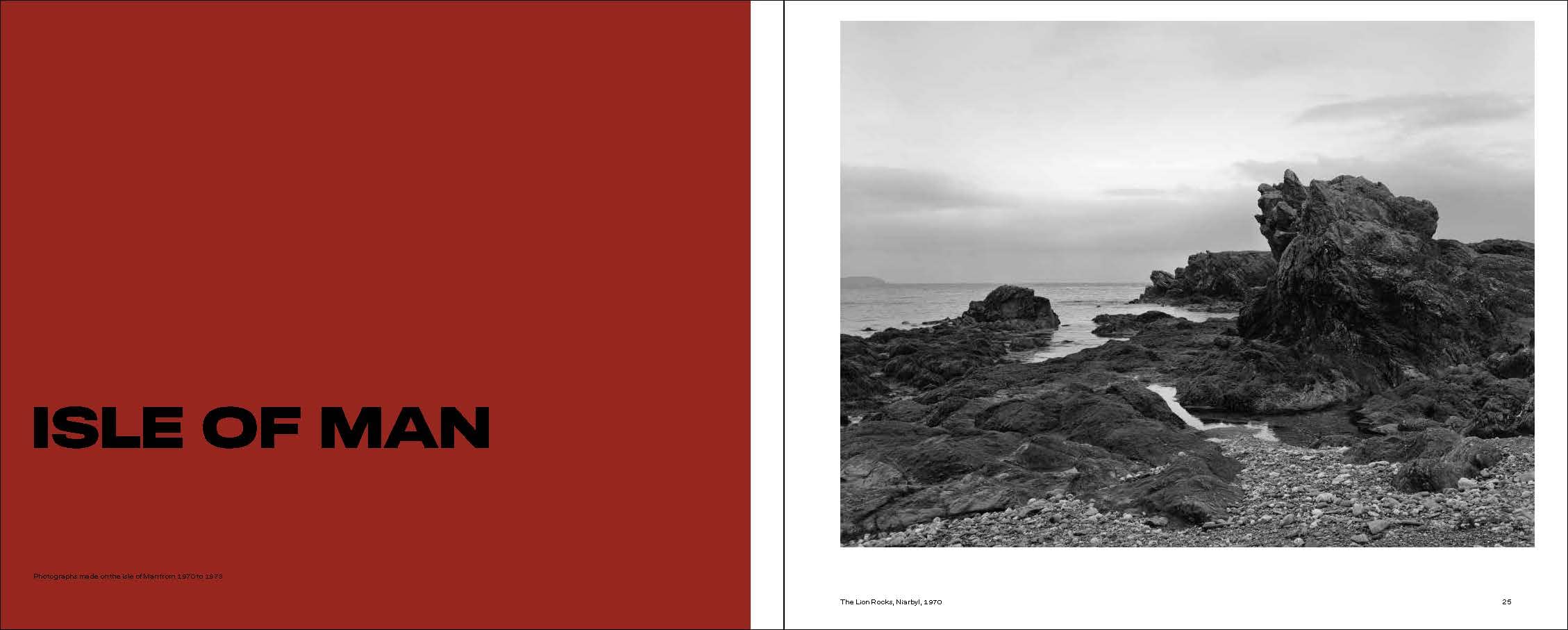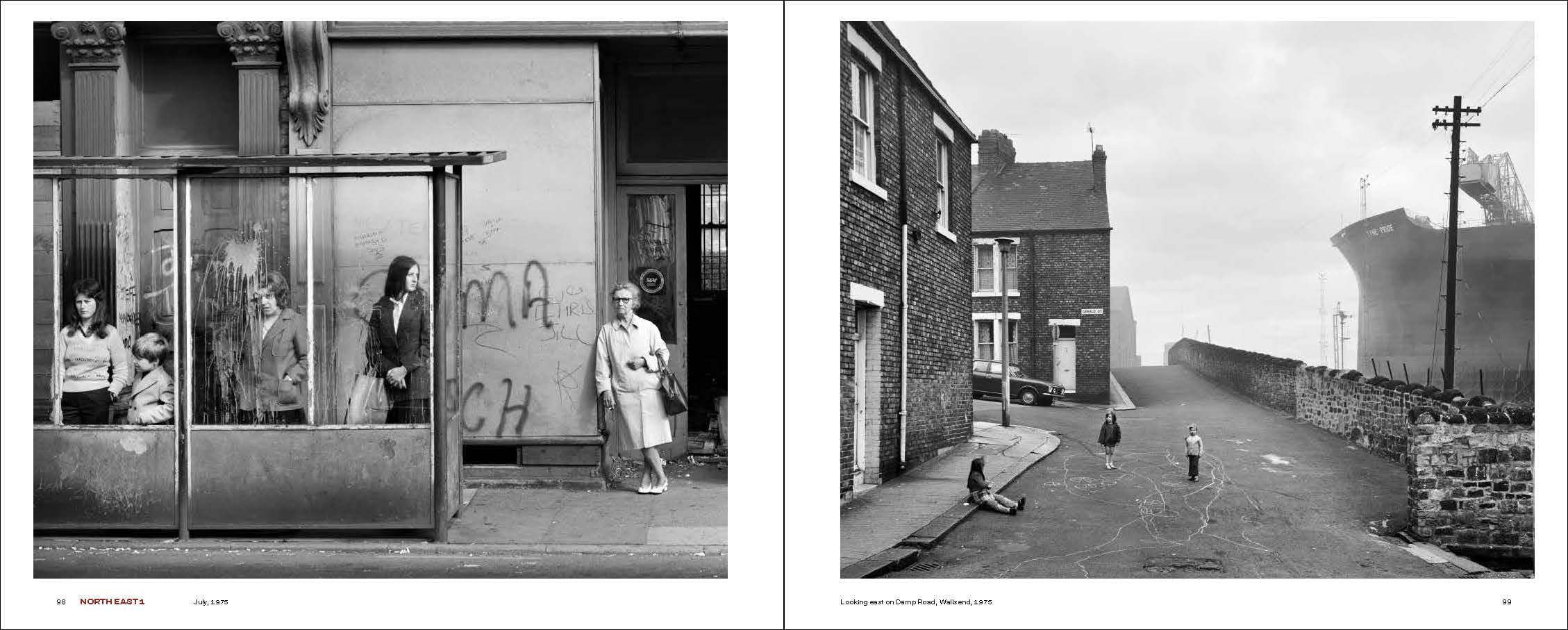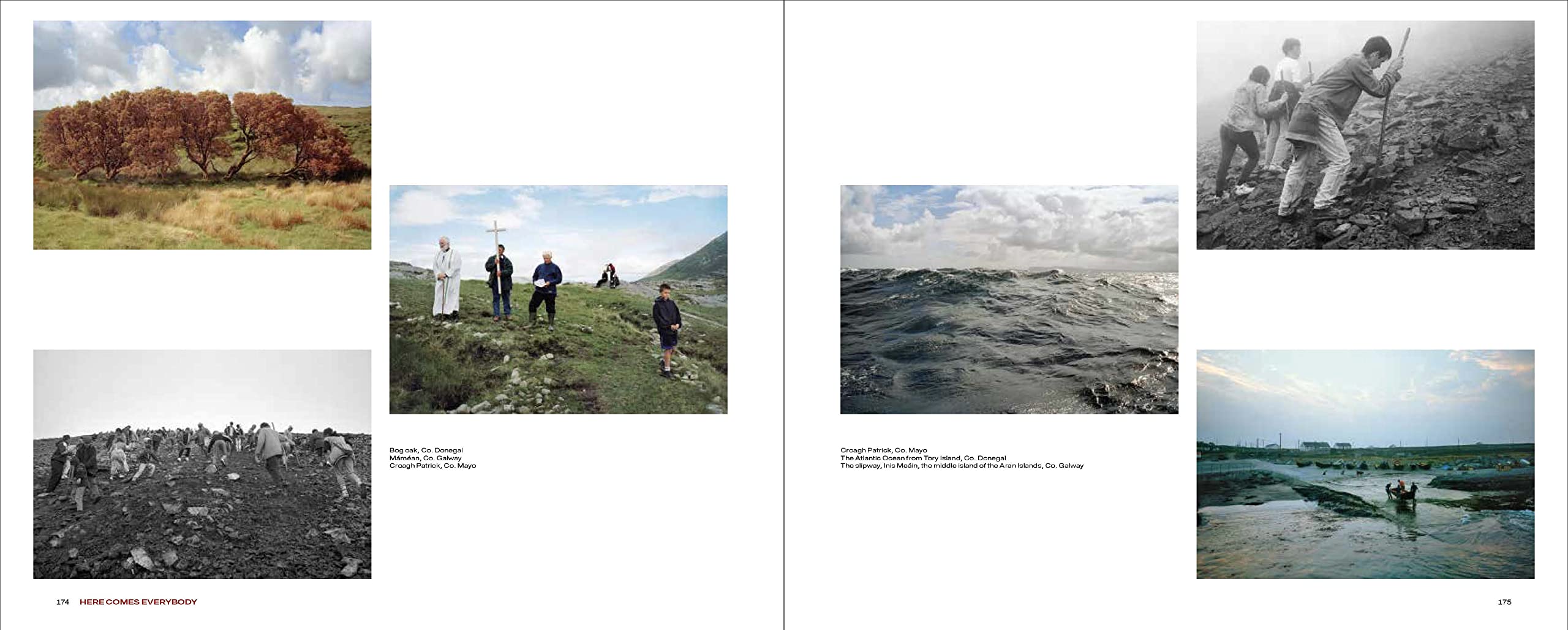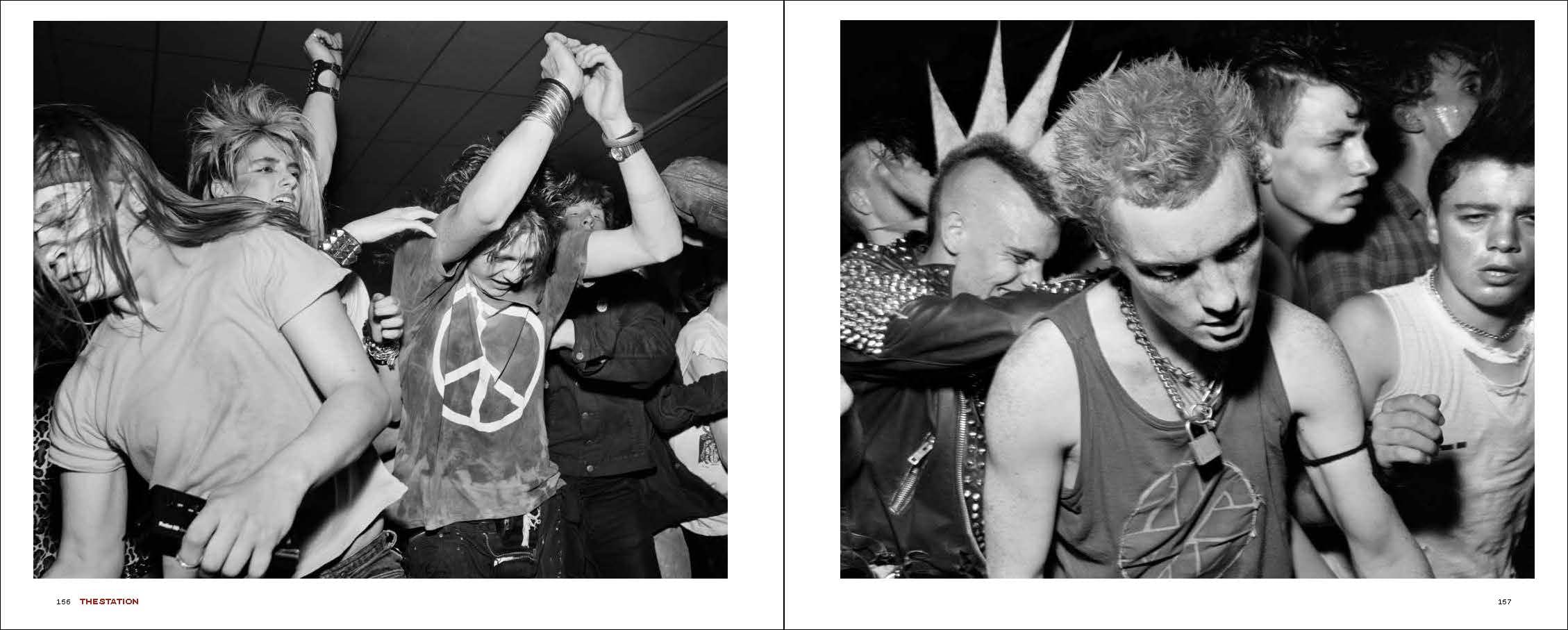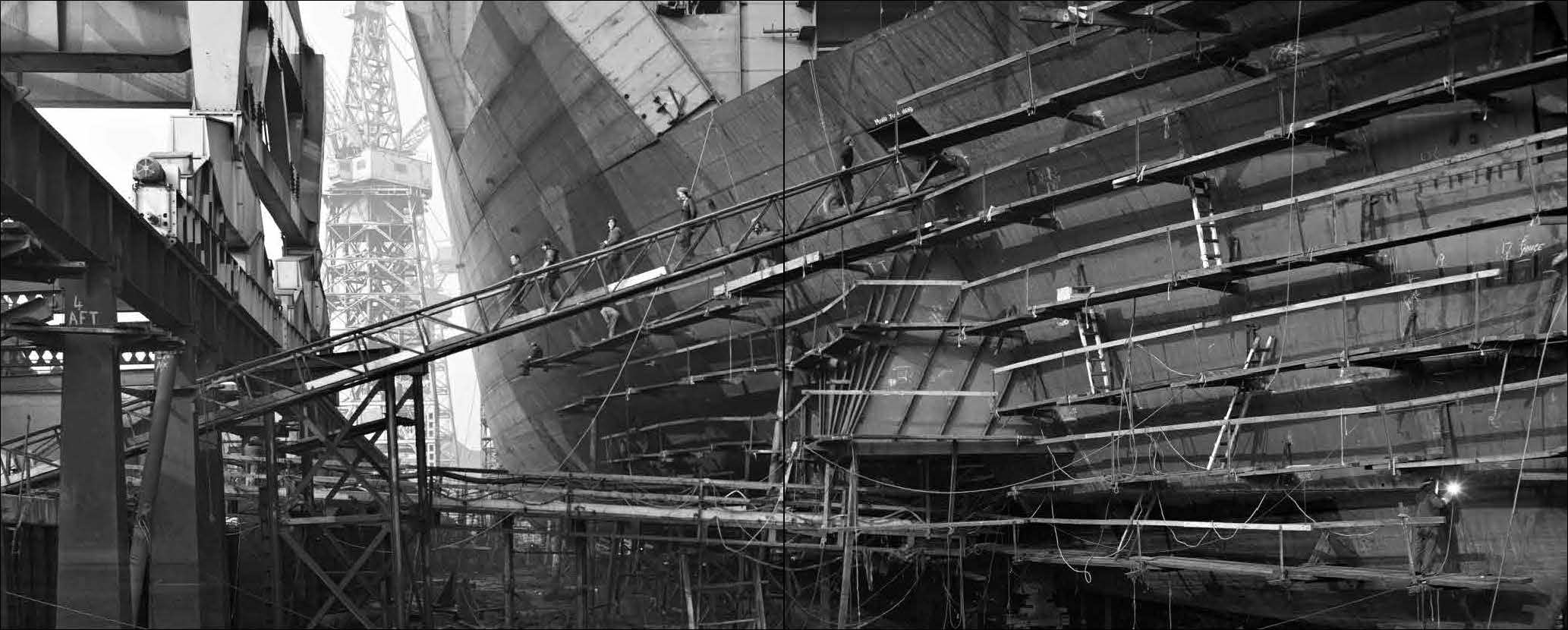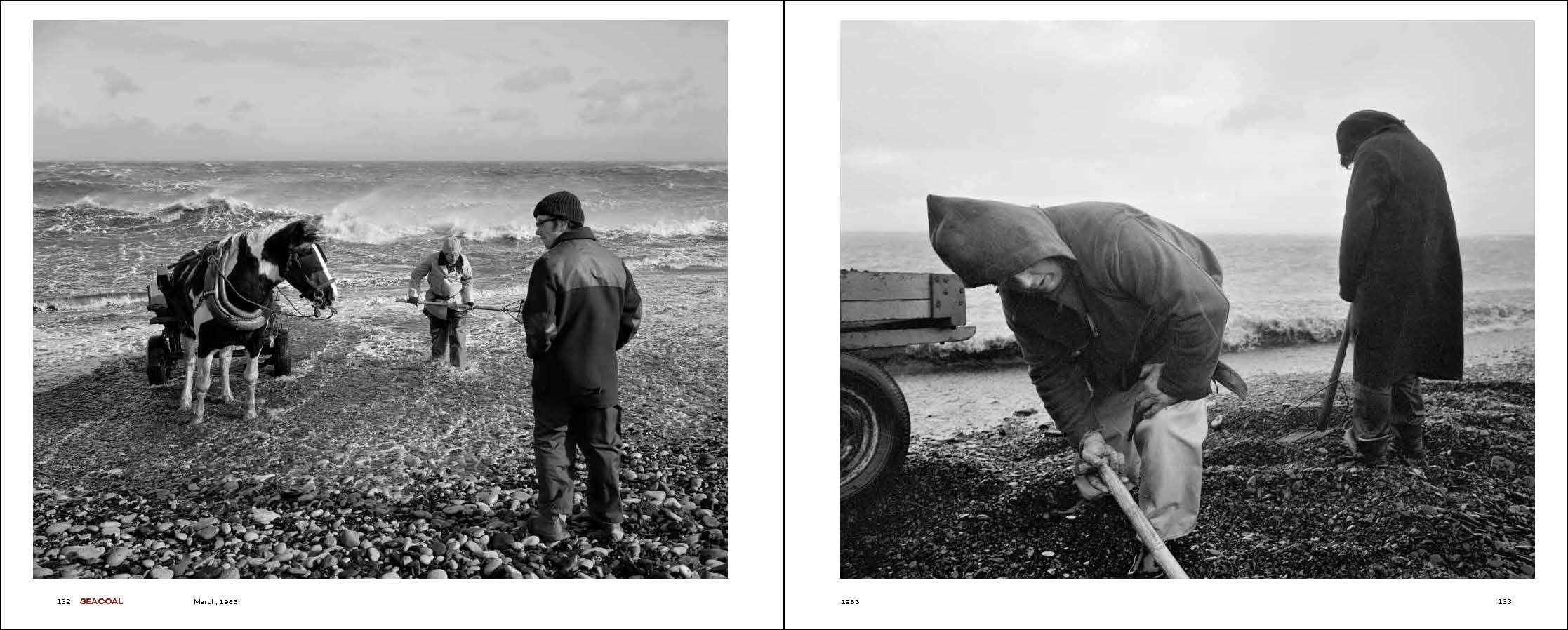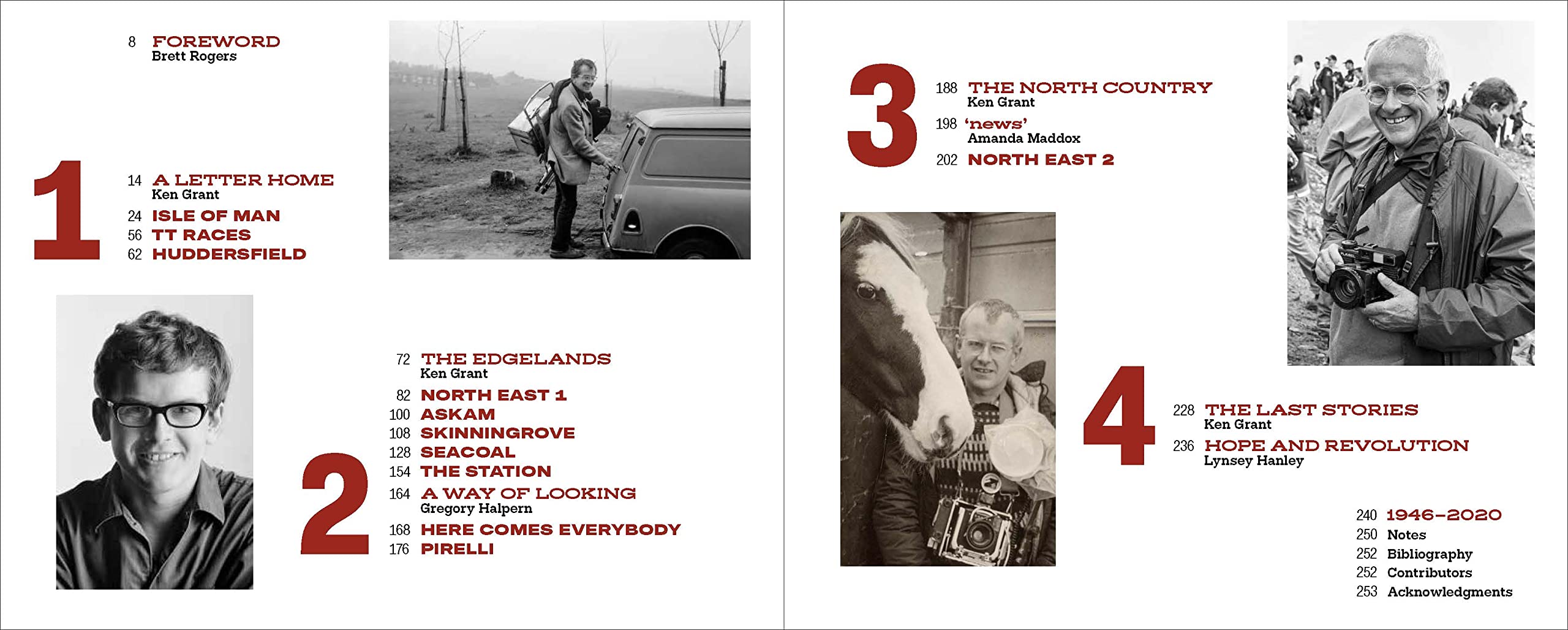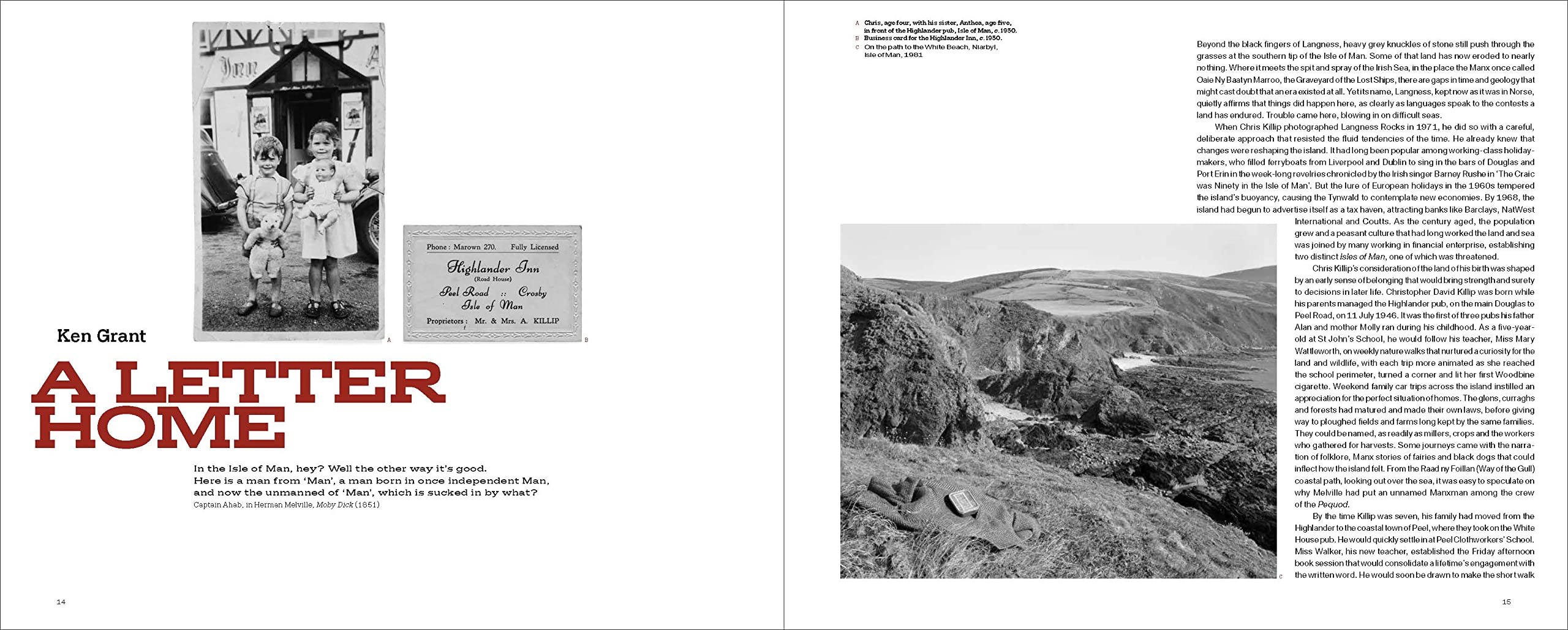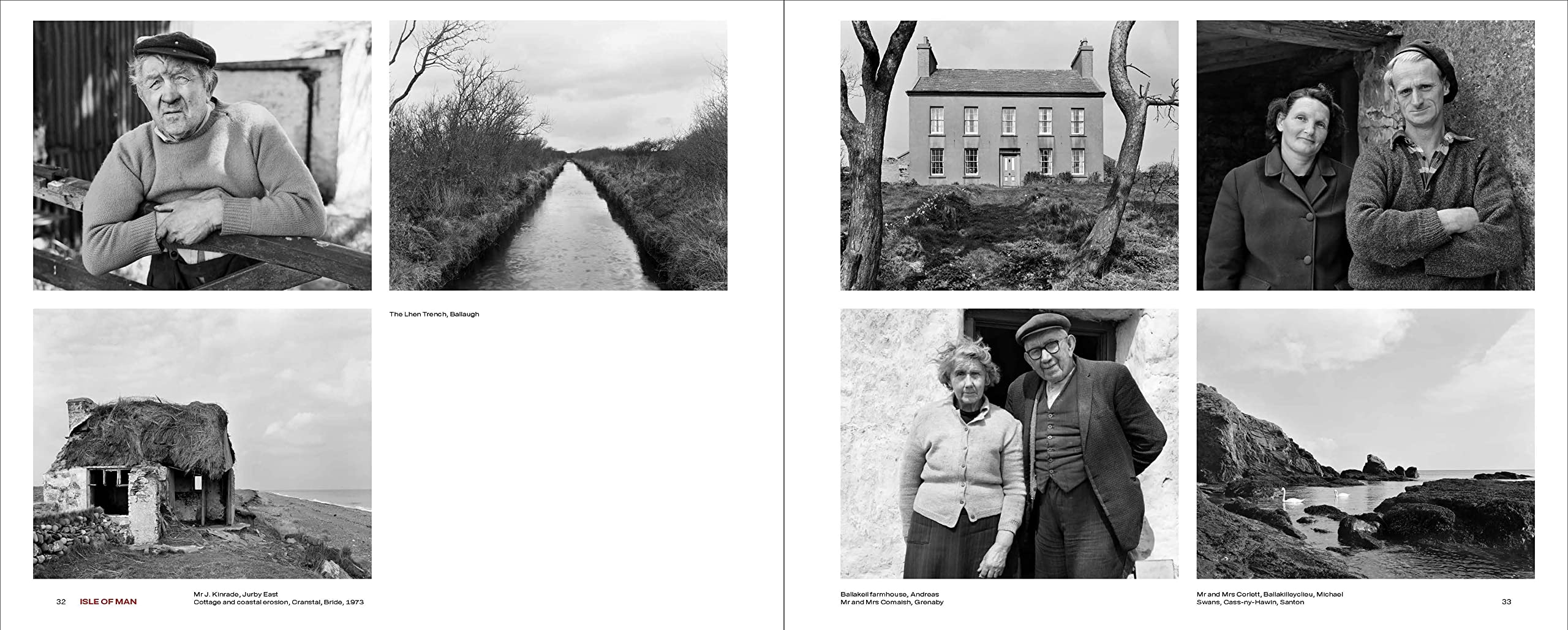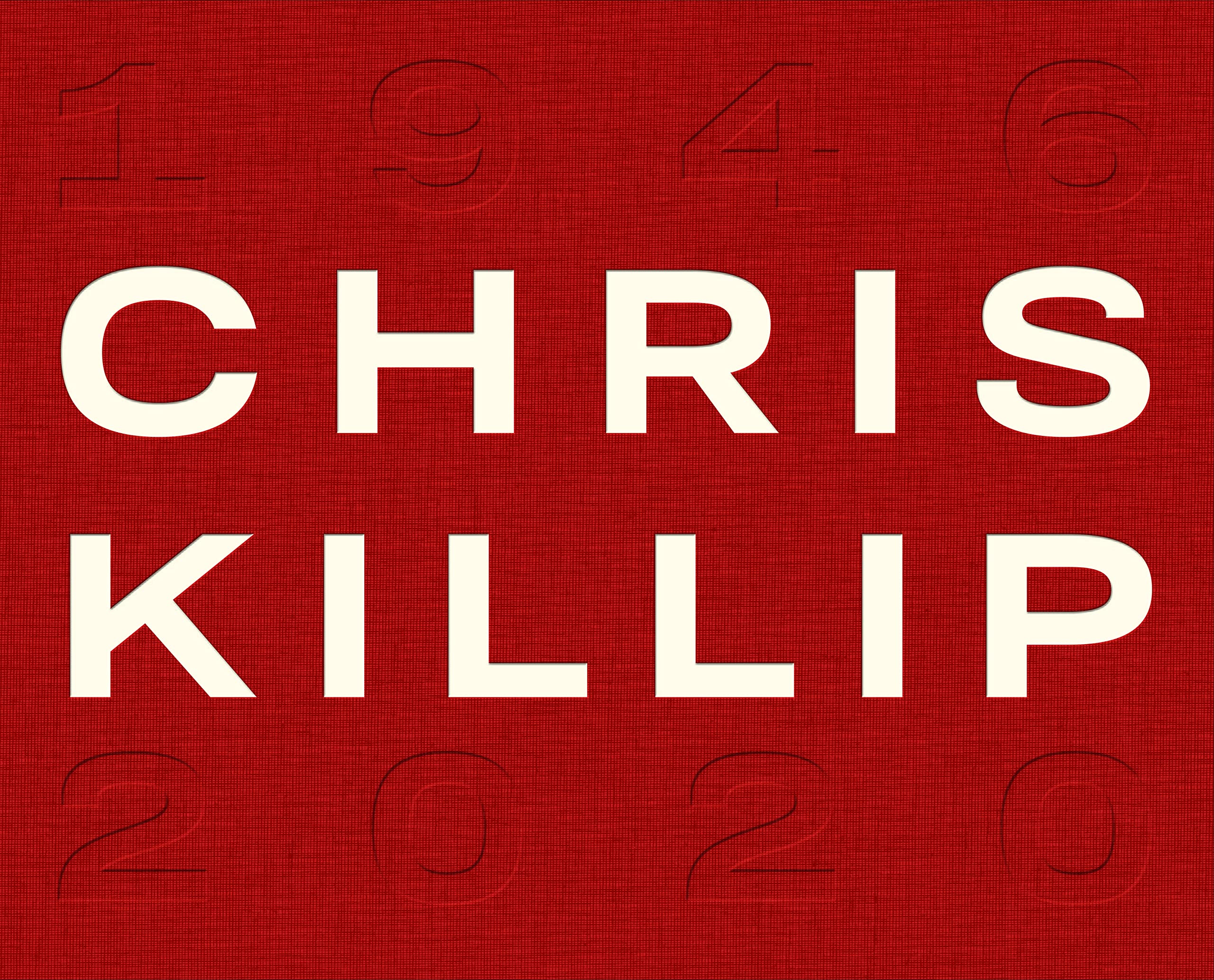Chris Killip: Retrospective
Chris Killip‘s continued efforts to value and document the lives of those affected by the economic shifts in the North of England, throughout the 1970s and 80s, have made him one of the most influential figures of British Photography.
This retrospective exhibition of more than 140 works, serves as the most comprehensive survey of the photographer’s work to date and includes previously unseen works.
His sustained immersion into the communities he photographed remains without parallel. Whilst marking a moment of deindustrialization, Killip’s stark yet tender observation moves beyond the urgency to record such circumstances, to affirm the value of lives he grew close to – lives that, as he once described ‘had history done to them’, who felt history’s malicious disregard and yet, like the photographer himself, refused to yield or look away.
‘I didn’t set out to be the photographer of the English de-Industrial Revolution. It happened all around me during the time I was photographing’ (Chris Killip, 2019)
Against a background of shipbuilding and coal mining, he witnessed the togetherness of communities and the industries that sustained them and stayed long enough to see their loss.
Chris Killip, retrospective is co-curated by Tracy Marshall Grant and Ken Grant
Published to coincide with the exhibition, the catalogue is edited by Thames & Hudson.
About the Author
Born in Douglas, Isle of Man in 1946, he left school at age sixteen and joined the only four-star hotel on the Isle of Man as a trainee hotel manager. In June 1964 he decided to pursue photography full-time and became a beach photographer in order to earn enough money to leave the Isle of Man.
In October 1964 he was hired as the third assistant to the leading London advertising photographer Adrian Flowers. He then worked as a freelance assistant for various photographers in London from 1966-69. In 1969, after seeing his very first exhibition of photography at the Museum of Modern Art in New York, he decided to return to photograph on the Isle of Man. He worked in his father’s pub at night returning to London on occasion to print his work. On a return visit to the USA in 1971, Lee Witkin, the New York gallery owner, commissioned a limited edition portfolio of the Isle of Man work, paying for it in advance so that Killip could continue to photograph. In 1972 he received a commission from The Arts Council of Great Britain to photograph Huddersfield and Bury St Edmunds for the exhibition Two Views – Two Cities. In 1975, he moved to live in Newcastle-upon-Tyne on a two-year fellowship as the Northern Arts Photography Fellow. He was a founding member, exhibition curator, and advisor of Side Gallery, Newcastle-upon-Tyne, as well as its director, from 1977-9.
He continued to live in Newcastle and photographed throughout the North East of England, and from 1980-85 made occasional cover portraits for The London Review of Books. In 1989 he was commissioned by Pirelli UK to photograph the workforce at their tyre factory in Burton-on-Trent. In 1989 he received the Henri Cartier Bresson Award and in 1991 was invited to be a Visiting Lecturer at the Department of Visual and Environmental Studies, Harvard University. In 1994 he was made a tenured professor and was department chair from 1994-98. He retired from Harvard in December 2017 and continues to live in the USA.
His work is featured in the permanent collections of major institutions such as the Museum of Modern Art, New York; George Eastman House; Fine Arts Museum of San Francisco; Museum Folkwang, Essen; the Stedelijk Museum, Amsterdam; National Gallery of Australia, Canberra; and the Victoria and Albert Museum, London. He passed away on 13 October 2020.
Chris Killip: Retrospective
Fri 07 Oct 2022 – Sun 19 Feb 2023
The Photographers’ Gallery – London – UK

